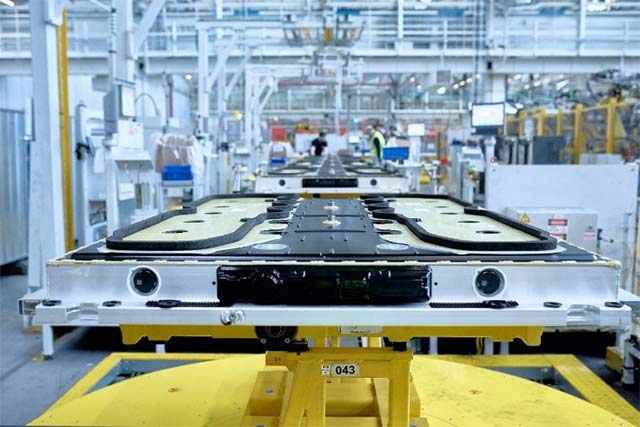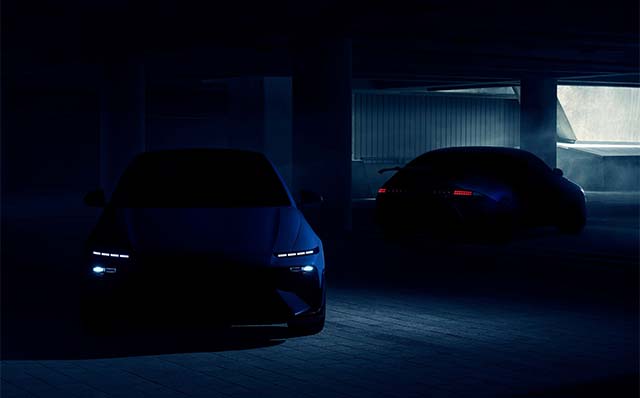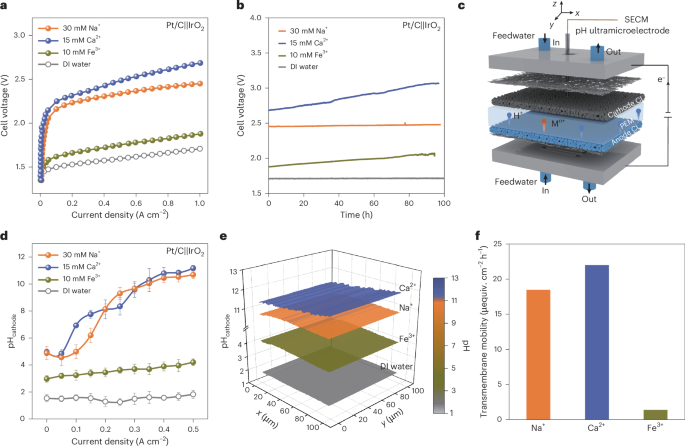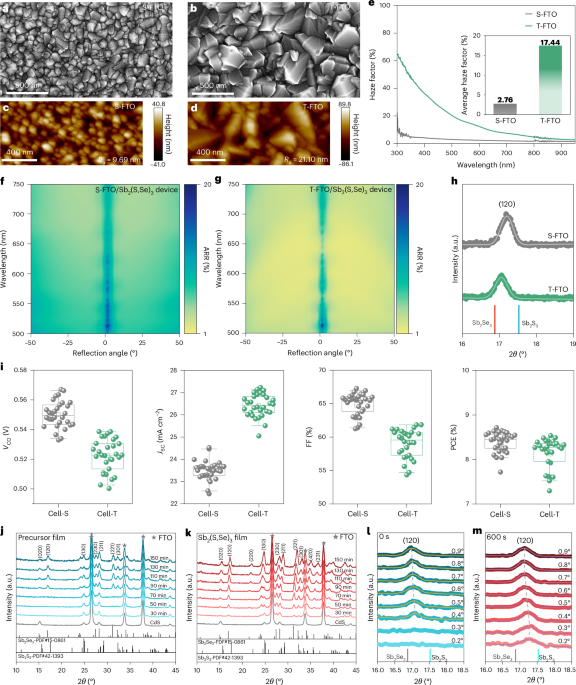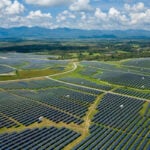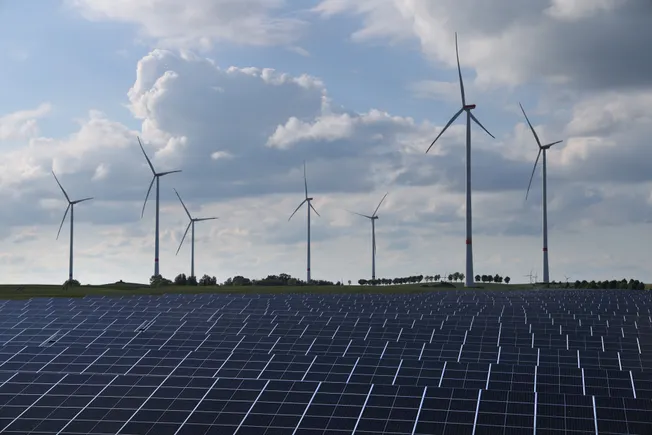High‐Efficiency Fabry‐Pérot‐Resonance‐Based Color‐Tunable Bifacial Perovskite Solar Cells for Building Integrated Photovoltaics
Advanced Energy Materials, EarlyView.

A Fabry-Pérot-guided low-loss ultrathin metal (LLUM) layer enhances rear-side color vibrancy and efficiency of bifacial perovskite solar cells (BPSCs). Combined with 4-methylphenethylammonium chloride (4M-P) passivation and in-situ substrate-heated-crystallization strategy, LLUM-based devices achieve 60% sRGB coverage and 27.4% bifacial PCE (0.2 albedo), while maintaining 87% efficiency after 1000 h at 85 °C, demonstrating their potential for stable and aesthetic BIPV applications.
Abstract
Perovskite solar cells (PSCs) are promising for building-integrated photovoltaics (BIPV) owing to their superior low-light response and tunable bandgap. However, the implementation of perovskite-based BIPV still faces critical challenges, primarily due to the inherent trade-off between achieving color tunability via bandgap engineering and maintaining high power conversion efficiency (PCE), as well as ensuring sufficient operational stability. Here, rear-side color vibrancy of bifacial perovskite solar cells (BPSCs) is enhanced by introducing a low-loss ultrathin metal (LLUM) layer at the high-loss SnO2/indium zinc oxide (IZO) interface under the guidance of Fabry-Pérot (F-P) resonance, achieving 60% coverage of sRGB color gamut for 1.52 eV BPSCs. Furthermore, the incorporation of 4-methylphenethylammonium chloride (4M-P) and an in-situ substrate-heated-crystallization strategy enhances carrier diffusion lengths, allowing LLUM-based BPSCs with a 900-nm-thick absorber to achieve a PCE of 23.7% under front illumination. Under albedo conditions of 0.1 and 0.2 sun irradiation intensity, the bifacial PCEs are elevated to 24.9% and 27.4%, respectively. The replacement of metal electrodes with IZO counterparts effectively suppresses metal ion diffusion, enabling BPSC devices to retain 87% of their initial efficiency after 1000 h of thermal aging at 85 °C. These results demonstrate the potential of LLUM-based BPSCs for efficient, color-tunable, and stable BIPV.





















